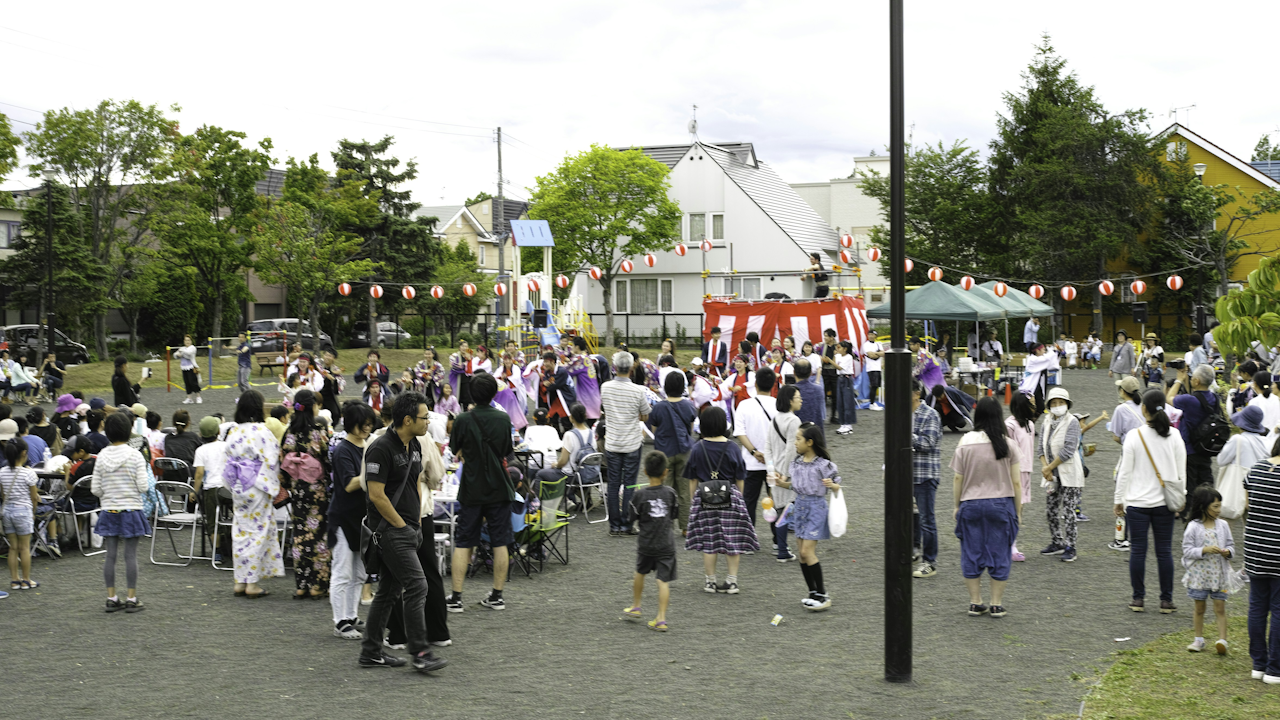Festivals are vibrant, pulsating events that act as much more than simple social gatherings or periods of merriment. They are profound, living mirrors, reflecting the deepest held values, beliefs, and history of the communities that create and sustain them. From ancient religious rituals to modern secular gatherings, festivals offer a structured temporary break from daily routine, providing an intensified space where community identity is affirmed, celebrated, and transmitted across generations.
The Crystallization of Identity and Heritage
At their core, festivals are mechanisms for cultural preservation and expression. They are tangible representations of intangible heritage.
Living Archives of Tradition
A community’s festivals serve as a kind of living archive. The music, dances, traditional clothing, language, and ceremonial practices passed down are all integral to the event. For example, festivals with deep agricultural roots, like harvest festivals, celebrate the value of hard work, cooperation with nature, and gratitude for sustenance. These events reinforce the community’s historical relationship with its land and livelihood. The rituals performed are not arbitrary; they are the symbolic language through which a community connects its past to its present. They ensure that foundational stories and ancestral practices remain vital and relevant for new generations.
Reinforcing Collective Beliefs
Whether a festival is religious, historical, or cultural, its central theme is usually a dramatization of collective beliefs and shared memory. The Diwali Festival of Lights in India, for instance, symbolizes the victory of light over darkness and good over evil, reinforcing universal ethical values that guide the community. Similarly, a festival commemorating a historical event, like the Boston Marathon celebrating Patriot’s Day, reinforces values of perseverance, freedom, and civic pride for that region. By enacting these shared narratives, festivals reaffirm the collective identity and moral compass of the community.
Social Cohesion and Intergenerational Bonds
Festivals function as powerful catalysts for social connection and cohesion, addressing a fundamental human need for belonging.
Breaking Down Social Barriers
During a festival, the rigid hierarchies and social divisions of everyday life often temporarily dissolve. People from different neighborhoods, socioeconomic classes, and even disparate cultural backgrounds gather in a shared space, focused on a common purpose. The communal sharing of special festival food, the collective participation in a parade, or the unified experience of live music foster social integration and mutual understanding. This shared experience creates a strong sense of communitas, a feeling of intense, shared solidarity that transcends individual differences and strengthens the overall social fabric.
The Transmission of Values
Crucially, festivals are the primary arenas for intergenerational transfer of culture. Elders take on vital roles, passing down the specific knowledge required to perform rituals, prepare traditional foods, or craft ceremonial items. Children and young adults are not merely spectators; they are often active participants, internalizing the community’s values through embodied experience. By volunteering, performing, or simply celebrating alongside their family, the young learn about respect for heritage, community service, and the importance of collective responsibility. Volunteerism in organizing festivals, in particular, teaches practical lessons in cooperation and shared goals.
Reflecting Community Aspirations and Change
Festivals are not static relics of the past; they are dynamic expressions that often reflect a community’s current aspirations and its capacity for change.
Showcasing Diversity and Inclusivity
In diverse, multicultural communities, festivals serve as vital platforms for celebrating this heterogeneity. Events like the Notting Hill Carnival in London, initially created by and for the Caribbean community, have grown to become a citywide celebration of multiculturalism, showcasing values of inclusivity, tolerance, and respect for different cultural expressions. When a festival intentionally incorporates various community groups, it sends a clear message about its commitment to pluralism and shared civic life.
Economic and Civic Values
The planning and execution of a festival also reveal a community’s practical values. A strong reliance on local vendors and artists reflects a value placed on local economic support and creative talent. Festivals that incorporate environmental sustainability initiatives, such as waste reduction programs or the use of renewable energy, signal a community’s commitment to ecological stewardship. Furthermore, many festivals are linked to philanthropic causes, demonstrating a collective value placed on altruism and support for the less fortunate. The transparent allocation of resources and the efficiency of the organization also speak volumes about the community’s civic competence and organization.
Moments of Reflection and Dissonance
While festivals generally promote unity, they are also times when social tensions or inequalities can become visible, serving as a mirror of a community’s challenges.
Highlighting Inequalities
As periods of intensified consumption and celebration, festivals can inadvertently highlight social inequalities. Not everyone has the financial or physical ability to participate fully. The contrast between the celebratory surface and the underlying struggles of the marginalized can be stark, reminding the community that while they celebrate unity, the ideal of true equity remains a work in progress. This dissonance is a vital part of the festival’s mirroring function, prompting reflection on the community’s ethical obligations.
An Invitation, Not an Imposition
Ultimately, a healthy festival is an invitation, not an imposition. It offers a central space for collective identity but allows for diverse degrees of participation. The act of celebrating is a voluntary one, reflecting a community value that respects individual choice and differing personal circumstances. The acceptance that not every member shares the same tempo or sentiment during the celebratory period is a mark of a mature and merciful community.
Conclusion
Festivals are indeed powerful mirrors. They reflect a community’s core spiritual convictions, historical memory, economic vitality, and social ethics. They provide a temporary but essential moment of intensified existence where the community can pause, look at itself, affirm its most cherished values, and transmit the essence of its identity to the future. By observing how a community celebrates, one gains a profound understanding of what that community holds sacred and what it aspires to become.

